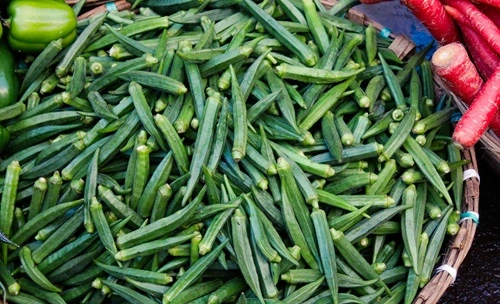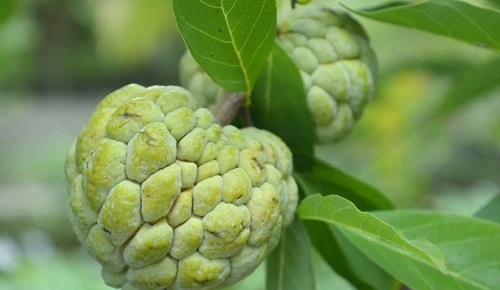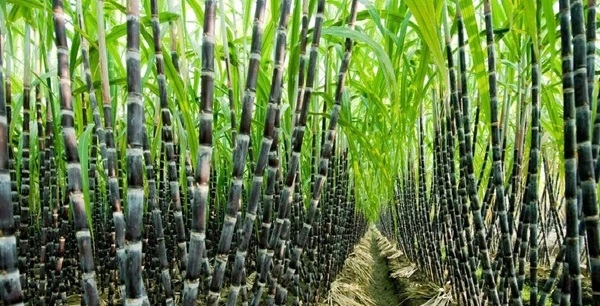Okra, commonly known as “Bhindi” or “Lady’s Finger”, is a widely cultivated and consumed vegetable in India. This warm-season crop is popular for its nutritive value, high yield potential, and short growing cycle. Rich in vitamins A, B, C, and K, calcium, magnesium, iron, and dietary fiber, okra is not only a staple in Indian households but also an essential cash crop for farmers.
India is one of the largest producers of okra globally, with major cultivation in Uttar Pradesh, West Bengal, Gujarat, Maharashtra, Karnataka, Tamil Nadu, Andhra Pradesh, and Bihar. To meet growing market demands, farmers are adopting improved and hybrid okra varieties known for their high yields, disease resistance, and adaptability.
This article provides a detailed list of more than 10 top okra varieties in India, their characteristics, regions of cultivation, and uses.

1. Pusa A-4
Pusa A-4 is a popular variety developed by the Indian Agricultural Research Institute (IARI).
- Fruit Shape: Medium-long, slender, smooth
- Fruit Color: Dark green
- Maturity: 45–50 days
- Regions: Uttar Pradesh, Bihar, Madhya Pradesh
- Characteristics:
- High yield with excellent disease resistance (YVMV)
- Tolerant to high temperatures
- Yield: 15–18 tonnes/hectare
- Uses: Fresh vegetables and cooking
2. Arka Anamika
Arka Anamika is a popular high-yielding variety developed by the Indian Institute of Horticultural Research (IIHR), Bangalore.
- Fruit Shape: Medium-long, tender, and ridged
- Fruit Color: Dark green
- Maturity: 50–55 days
- Regions: Karnataka, Maharashtra, Tamil Nadu, Andhra Pradesh
- Characteristics:
- Resistant to Yellow Vein Mosaic Virus (YVMV)
- Suitable for multiple pickings
- Yield: 15–18 tonnes/hectare
- Uses: Cooking and commercial markets
3. Parbhani Kranti
Parbhani Kranti is a well-known variety resistant to YVMV and ideal for multiple regions.
- Fruit Shape: Medium-long and tender
- Fruit Color: Light green
- Maturity: 45–50 days
- Regions: Maharashtra, Gujarat, Madhya Pradesh
- Characteristics:
- High resistance to Yellow Vein Mosaic Virus
- Good yield in varying climatic conditions
- Yield: 14–16 tonnes/hectare
- Uses: Fresh consumption and local markets
4. Punjab Padmini
Punjab Padmini is a variety developed for high yield and resistance to diseases.
- Fruit Shape: Slender and smooth
- Fruit Color: Dark green
- Maturity: 45–50 days
- Regions: Punjab, Haryana, Uttar Pradesh
- Characteristics:
- High yield with resistance to pests and diseases
- Suitable for summer and kharif seasons
- Yield: 16–18 tonnes/hectare
- Uses: Fresh vegetables
5. CO-1
CO-1 is a popular variety developed by the Tamil Nadu Agricultural University (TNAU).
- Fruit Shape: Long, tender, and smooth
- Fruit Color: Light green
- Maturity: 45–50 days
- Regions: Tamil Nadu, Kerala, Karnataka
- Characteristics:
- High market demand due to tender pods
- Tolerant to high temperatures
- Yield: 12–15 tonnes/hectare
- Uses: Cooking and export
6. Mahyco 10 (Hybrid)
Mahyco 10 is a high-yielding hybrid variety cultivated extensively across India.
- Fruit Shape: Long, smooth, and slender
- Fruit Color: Dark green
- Maturity: 50–55 days
- Regions: Maharashtra, Gujarat, Tamil Nadu, Andhra Pradesh
- Characteristics:
- High resistance to diseases and pests
- Ideal for large-scale commercial cultivation
- Yield: 18–20 tonnes/hectare
- Uses: Fresh markets and export
7. Kashi Vibhuti
Kashi Vibhuti is an improved variety developed by the Indian Institute of Vegetable Research (IIVR), Varanasi.
- Fruit Shape: Slender and ridged
- Fruit Color: Dark green
- Maturity: 50–55 days
- Regions: Uttar Pradesh, Bihar, West Bengal
- Characteristics:
- Resistant to YVMV and tolerant to pests
- High market acceptance for its appearance and quality
- Yield: 15–17 tonnes/hectare
- Uses: Fresh cooking
8. Shakti (Hybrid)
Shakti is a high-yielding hybrid okra variety known for its disease resistance and tender fruits.
- Fruit Shape: Medium-long, smooth
- Fruit Color: Dark green
- Maturity: 45–50 days
- Regions: Maharashtra, Gujarat, Tamil Nadu, Karnataka
- Characteristics:
- Excellent tolerance to pests like aphids and mites
- High productivity under good management
- Yield: 18–20 tonnes/hectare
- Uses: Cooking and large-scale farming
9. Narendra Bhindi-1
Narendra Bhindi-1 is a popular variety in eastern and central India for its yield and adaptability.
- Fruit Shape: Slender and ridged
- Fruit Color: Light green
- Maturity: 50–55 days
- Regions: Uttar Pradesh, Bihar, Madhya Pradesh
- Characteristics:
- High resistance to YVMV
- Suitable for rainfed and irrigated cultivation
- Yield: 15–17 tonnes/hectare
- Uses: Fresh markets
10. Azad Bhindi-1
Azad Bhindi-1 is a high-yielding okra variety suited for kharif and summer seasons.
- Fruit Shape: Slender and tender
- Fruit Color: Light green
- Maturity: 45–50 days
- Regions: Uttar Pradesh, Punjab, Haryana
- Characteristics:
- High-quality pods with a uniform appearance
- Resistance to common pests and diseases
- Yield: 16–18 tonnes/hectare
- Uses: Fresh vegetables
11. Hisar Unnat
Hisar Unnat is an improved variety developed for multiple cropping seasons.
- Fruit Shape: Medium-long and smooth
- Fruit Color: Dark green
- Maturity: 50–55 days
- Regions: Haryana, Rajasthan, Punjab
- Characteristics:
- High yield and disease resistance
- Adaptable to various climatic conditions
- Yield: 16–18 tonnes/hectare
- Uses: Cooking and commercial farming
FAQs
Q1: Which is the most popular okra variety in India?
A: Pusa A-4, Arka Anamika, and Parbhani Kranti are among the most popular okra varieties due to their high yield and disease resistance.
Q2: Which variety of okra is resistant to Yellow Vein Mosaic Virus (YVMV)?
A: Pusa A-4, Arka Anamika, Parbhani Kranti, and Kashi Vibhuti are resistant to YVMV.
Q3: What is the ideal climate for growing okra?
A: Okra grows best in warm and humid climates, with temperatures between 25°C to 30°C.
Q4: Which state is the largest producer of okra in India?
A: Uttar Pradesh is the largest producer, followed by West Bengal and Gujarat.
Q5: How long does okra take to mature?
A: Most okra varieties mature within 45–55 days after sowing.
Okra is an essential vegetable in Indian agriculture due to its high demand, nutritional value, and suitability for diverse climatic conditions. Varieties like Pusa A-4, Arka Anamika, Mahyco 10, and Parbhani Kranti are widely cultivated for their high yields, disease resistance, and superior quality. Adopting these improved varieties ensures higher productivity and profitability for farmers.

